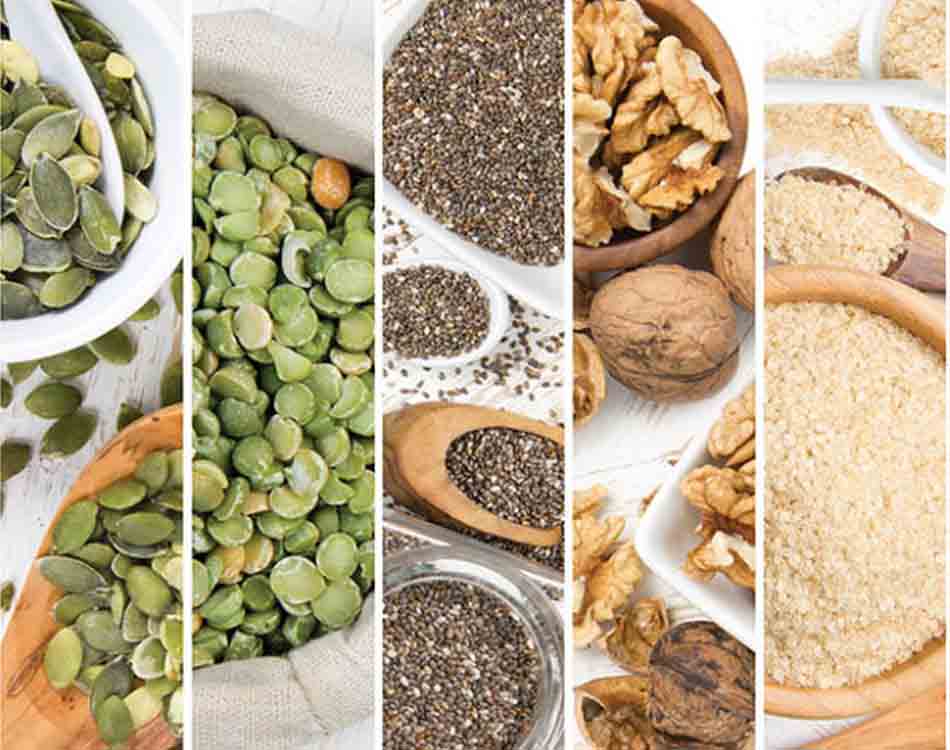When it comes to the best foods to eat for optimal health and vitality, quality trumps quantity.
At the most basic level, we eat food for two main reasons – it provides us with energy and nutrients. Taste, enjoyment and the social aspect of eating are also important factors, but these are secondary with regards to our health.
Most of us understand the important role calories and macronutrients play in determining how we look. It’s no surprise that these aspects of nutrition tend to get the most focus.
Beyond macros
But it is also important to consider how the food we eat affects our internal environment. The nutrients – the vitamins, minerals, enzymes, essential fatty acids and fibre – contained in food materially impact our health.
It is important for optimal health to get the right quantity and combinations of vital micronutrients as they drive many important biological processes and bodily functions, including:
- Detoxification
- Muscle, tissue and cellular repair mechanisms
- Hormone production
- Our immune response.
More bang per gram
The best way to get the nutrients your body needs, without the additional calories, is to eat nutrient-dense natural foods as often as possible. These should include a variety of raw vegetables and fruits, with a focus on so-called superfoods.
Nutrient density is a measure of the ratio of nutrient content (in grams) to the total energy content (in kilocalories or joules). Nutrient-dense foods will have a higher level of nutrients in relation to the number of calories the food contains.
Basically, buying nutrient-dense foods will give you more bang per gram. This means you can eat fewer calories and still get all the nutrition your body needs – you’ll lose weight, improve your wellbeing and enjoy greater vitality!
Nutrient-dense foods
Generally speaking, living raw foods are the richest source of micronutrients and enzymes.
While not true in every case, natural foods generally have better nutrient densities because they contain more vitamins, minerals, fibre and water than processed, convenience and fast foods, which provide lots of calories but minimal nutritional value.
A nutrient-dense diet should, therefore, consist of an abundance of colourful plant foods, which deliver numerous health-promoting phytochemicals. Other nutrient-dense foods include salmon, tuna, trout, oatmeal, soy, legumes and beans, which provide rich sources of important amino acids.
Dairy products, such as milk, yoghurt and cheese are also valuable sources of protein and nutrients, including vitamin D and calcium. And skim and low fat milk, yoghurt and cottage cheese all contain fewer calories per gram than energy-dense products.
And whole grains generally retain more nutrients, fibre and protein than more processed variants. As fibre-rich foods, whole grains supply fewer calories and more nutrients per serving than refined carbohydrate sources.
Whole grains also have a milder impact on your blood sugar, which promotes fullness, healthy digestion and sustained energy levels. Examples of nutritious, low-energy-density whole-grain foods include 100% whole-grain bread, steel-cut or rolled oats, quinoa, barley, and long-grain brown and wild rice.
Concentrated nutrition
Another great way to boost the nutritional content of meals like breakfasts, salads and smoothies is to combine multiple superfoods from whole food sources and the various concentrated superfood products available at Dis-Chem stores.
These products can include raw and organic cold-pressed oils and concentrated superfoods in powder forms such as acai berry powder, spirulina, moringa, matcha, maca, wheatgrass, hemp seed powder, turmeric, cacao, and cinnamon, to name just a few.
These potent powders make it simple and convenient to boost the nutrient-density of your diet by simply adding them to your favourite meals like smoothies, smoothie bowls, breakfasts or other recipes.
Ultimately, any healthful eating plan should focus as much on micronutrients to benefit overall health and longevity, as it does on macronutrients to manage weight.















